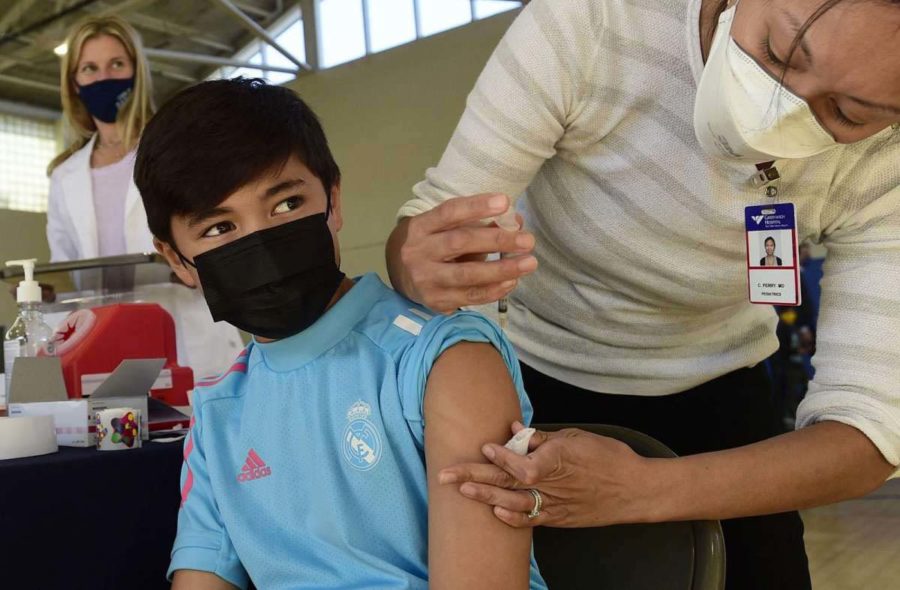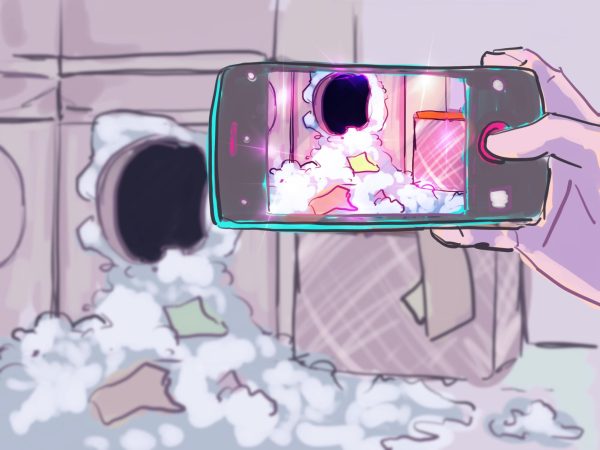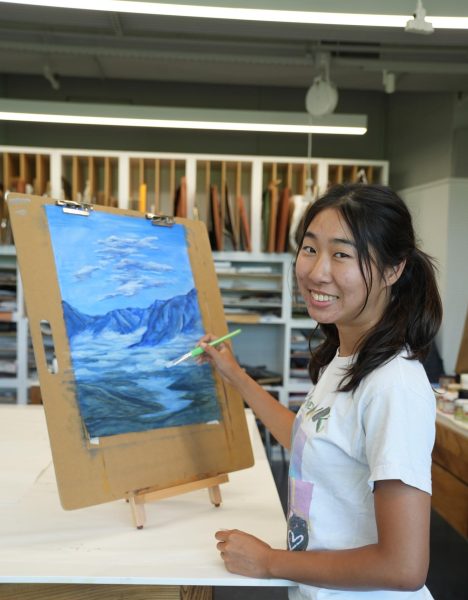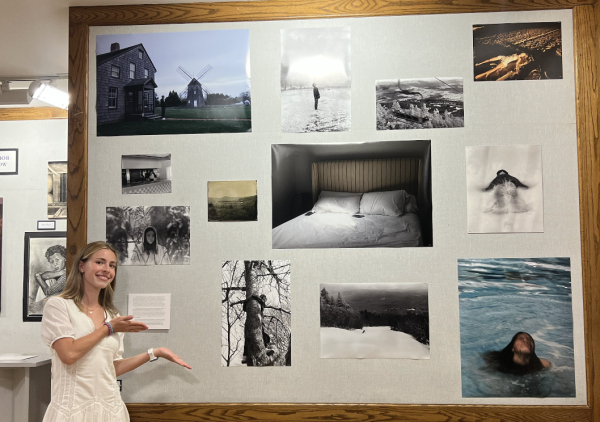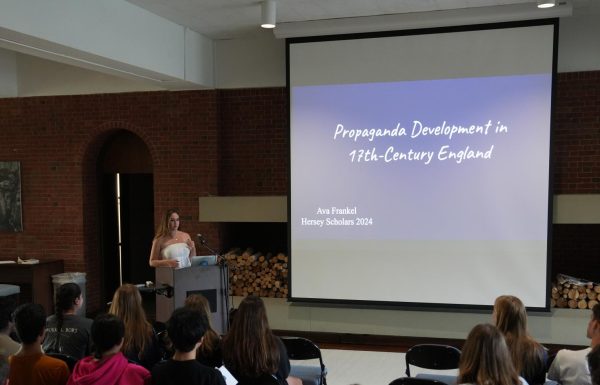Don’t Relax—Yet
The school is over 99% vaccinated—but risk of infection isn’t zero.
We are almost there.
But not yet.
COVID-19 has plagued our world for more than two years. The world we know now has experienced an immense social, economic, commercial, and political metamorphosis since the original 2020 outbreak. The pandemic has revolutionized the way we live, from our sanitation habits to how we go to school or work. While we see the light of the day already ahead of us, it remains imperative that we do not trip or fall on the course back to normalcy. Following the sharp increase in COVID-19 cases in the U.S. and around the world during the past weeks due to the Omicron variant, countries have commenced the process of reopening as new case and death rates decline.
Despite this trend, Hotchkiss continues to observe around five to ten new cases every week. As Connecticut relaxes its masking rules, we should continue to be vigilant of our health. Even though our surveillance tests can vastly decrease the probability of on-campus virus spread, contact with the “outside world,” which still has a multitude of COVID-19 cases, is omnipresent.
Day students, interscholastic athletic matches, and Millerton excursions can all contribute to the risk of infection on campus. Moreover, the Omicron variant is much more contagious than previous variants and other viruses we have seen before. On the positive side, the severity of the illness has decreased, with a staggering 16% asymptomatic rate. However, for many with weaker immune systems, such as those who cannot receive vaccines due to allergies or seniors whose immune efficiency is lower, this disease can cause acute symptoms and even death. The U.S. still observes thousands of daily deaths due to COVID-19. Most of the students, faculty, and staff at Hotchkiss are fully vaccinated and healthy. Still, we must keep in mind that if a person contracts COVID-19, they would have to return to their homes, increasing the risk of infection on family members at home. Keeping us and our loved ones safe requires diligent protection against COVID-19.
Besides good sanitation habits, the school should continue to implement precautions for infected students. While the administration has done an excellent job of testing and quarantining positive cases, their methods of identifying close contacts need improvement—simply asking infected students about their interactions with others isn’t enough. For example, Student A is close friends with another student, B. When B receives a positive COVID-19 test result, A could ask B not to identify them as a close contact to avoid the consequences: additional masking rules, not being able to participate in their co-curricular, and not being able to eat in the dining hall, etc. Therefore, the system of identifying close contacts is flawed, and it is almost certain that many possibly infected students are unaccounted for. This increases the risk of the virus spreading in the community and threatens the health and safety of all.
Additionally, quarantining close contacts for a day or two is an effective and productive device to decrease the number of infected individuals significantly. If implemented well, the system could identify positive cases before any spread occurs. One day of online classes with a surveillance test of close contacts is crucially important as it gives the School time to identify positive cases and take the proper precautions.
As we look forward to the end of lockdowns and the pandemic in the imminent future, we should approach normality with great caution.

